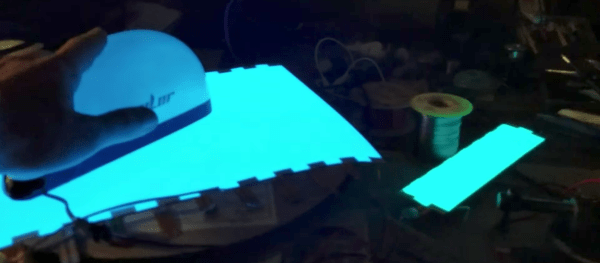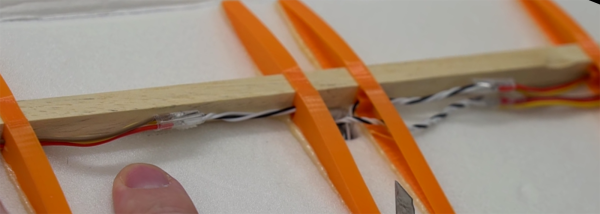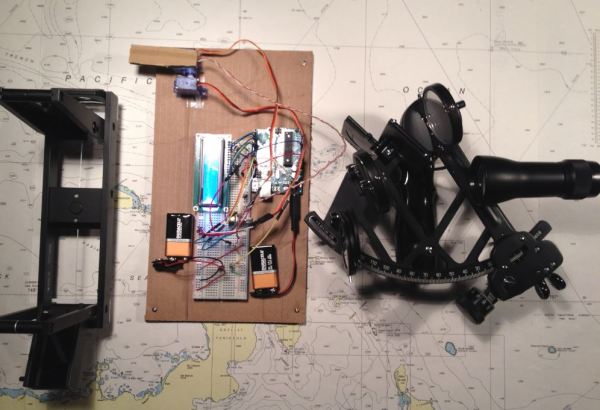[fool]’s entry in the Hackaday Prize competition is a modular and configurable lighting system the purpose of which is to assist seniors and others with limited mobility navigate safely at home. For [fool], this means the quiet steady hum of electroluminescent panels and wire. EL stuff is notoriously tricky to power, as it only operates on AC. The MoonLITE project is the answer to the problem of an easy to use EL power supply. The goal is to create a 5 watt, quiet, wearable EL power supply that outputs 100V at 100Hz.
One of the reasons why [fool] is interested in EL materials is that it can also turned into a touch sensor. This has obvious applications in lighting, and especially in assistive technologies. The MoonLITE project is based around [fool]’s Whoa Board that turns EL wires and panels into not only touch-sensitive lights, but also analog switches that can control basically anything. This unique capability of lighting doubling as a sensor offers the opportunity to make light-up EL grab bars for a senior’s bedside, for instance. He or she is going to be touching it anyway when getting up—why not add light as well as stability?
This is an especially cool project that brings something to the table we don’t really see much of. You can check out a video of the project below, complete with example of EL panels being used as buttons.
Continue reading “Hackaday Prize Entry: Touch Sensitive Power Supplies For EL Panels”


















